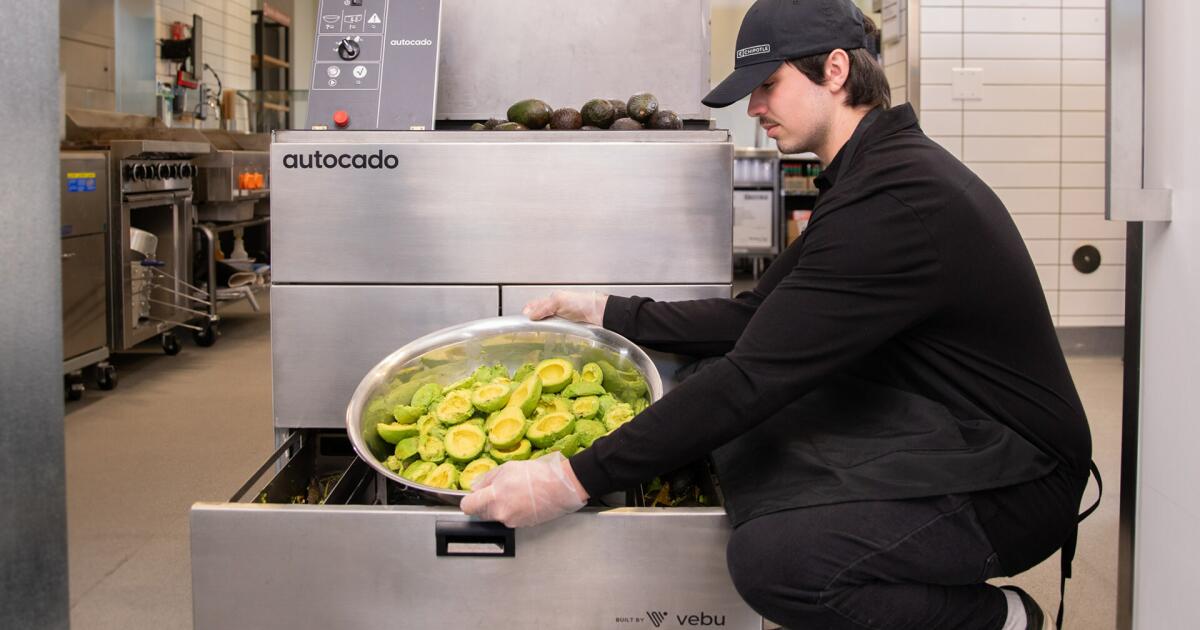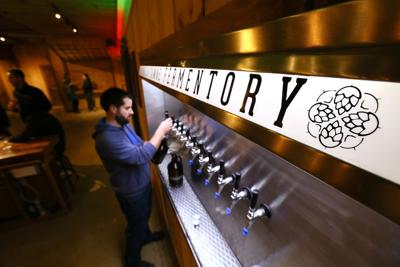:upscale()/2024/09/18/991/n/42301552/tmp_mGdEej_beea2403644fb4b3_GettyImages-1339047254.jpg)
Banking products might not seem all that sexy, but earning more interest on your money is definitely alluring. With a high-yield savings account, you can break away from the abysmally low interest rates offered by traditional banking institutions and get more money in your pocket so you can reach your savings goals faster . Financial planner Nadia Vanderhall tells PS, " 82 percent of Americans don't know what a HYSA is let alone have one when it takes under 10 minutes to open.
" The primary benefit of a high-yield savings account is the annual percentage yield, or APY. "The more you save," Vanderhall explains, "the more you're paid. Compared to traditional savings, you can see higher interest using a HYSA to grow your savings.

" Ready to learn how to make more money on funds you're already saving? We have everything you need to know about high-yield savings accounts. Nadia Vanderhall is a financial planner, educator, and founder of The Brands + Bands Strategy Group. What Is a High-Yield Savings Account? A high-yield savings account, often referred to as a HYSA, is a type of savings account that offers a higher interest rate compared to traditional savings accounts.
Online banks are most commonly associated with HYSAs, though some credit unions and brick-and-mortar banks also offer them, but it's rare. The interest rates on high-yield savings accounts can vary depending on the institution but are much higher because online banks have lower overhead costs and can pass the savings on to customers. High-yield savings accounts are considered safe and reliable if you choose one insured by the FDIC (Federal Deposit Insurance Corporation).
These accounts come with minimal fees and easy access to funds, though some institutions may impose limitations on the number of monthly withdrawals. Whether you're saving for an emergency fund, upcoming vacation, holiday spending, or any other long-term or short-term savings goals , a HYSA is an ideal choice to earn more interest without taking on market risks. What Is the Best High-Yield Savings Account? Dozens of online banks offer HYSA accounts with APY rates between 4-5 percent and a few that consistently stand out are SoFi, UFB Direct, Barclays, Synchrony Bank, and Capital One.
Each institution is FDIC-insured, has no minimum balance limits, and doesn't impose monthly fees. Other popular banks for HYSA accounts include Western Alliance Bank, CIT Bank, and American Express National Bank. Finding the best HYSA account for you requires more than just looking at interest rates.
Rates fluctuate frequently and the banks have similar APYs, so you don't want to nickel and dime based on rate alone. Instead, review the features offered by institutions to fuel your decision. Vanderhall says these are the five key features to look for when comparing high-yield savings accounts: To help you search and compare which bank to use, Vanderhall recommends checking websites like NerdWallet or Bankrate.
She says, "They update their platforms at least monthly according to the financial institution providing the information." How to Open a High-Yield Savings Account Opening a high-yield savings account is very similar to opening a traditional savings account. However, since you can do it online, the process is even more streamlined.
In most cases, you can have your account up and running within 10 minutes by simply following the steps at your chosen financial institution. To open an account, you'll need to meet the minimum age requirement of 18 years old or have a parent or guardian open the account jointly. You'll also need your social security number or tax ID number.
You may need to include a photo identification to open the account as well, which can be easily uploaded during the process. Depending on the account you choose, there may be deposit requirements. Some institutions require a minimum deposit amount while others don't require one at all.
With online accounts, you can arrange for a transfer from your current bank during the signup process. High-Yield Savings Accounts vs. Investing High-yield savings accounts and investing offer ways to grow your money but serve different purposes and come with different levels of risk.
"They are cousins more than siblings," Vanderall says. The key difference lies in the trade-off between risk and reward, with high-yield savings focusing on safety and investing focusing on growth. FDIC-insured high-yield savings accounts are a low-risk option.
These accounts offer more stability compared to investments, but Vanderhal advises that "the interest rate isn't guaranteed to stay high forever. They can move the rate up and down based on their policies and economic conditions." HYSAs are ideal for short-term savings goals, emergency funds, or individuals prioritizing safety and liquidity over high returns, as you can access your money easily without worrying about market volatility.
Investing involves putting your money into assets like stocks, bonds, mutual funds, or real estate to achieve higher returns over time. While investing can offer much greater growth potential than high-yield savings accounts, it comes with a higher level of risk. The value of investments can fluctuate based on market conditions, and there's the possibility of losing money.
Investing is recommended for long-term financial goals , such as retirement, where you have time to ride out market fluctuations. The Debt Influencers Making Money Transparency Cool Kate Fann is an established SEO content writer with 10 years of freelance writing experience. She focuses on creating engaging SEO content for lifestyle brands, covering home, technology, and entertainment.
.














